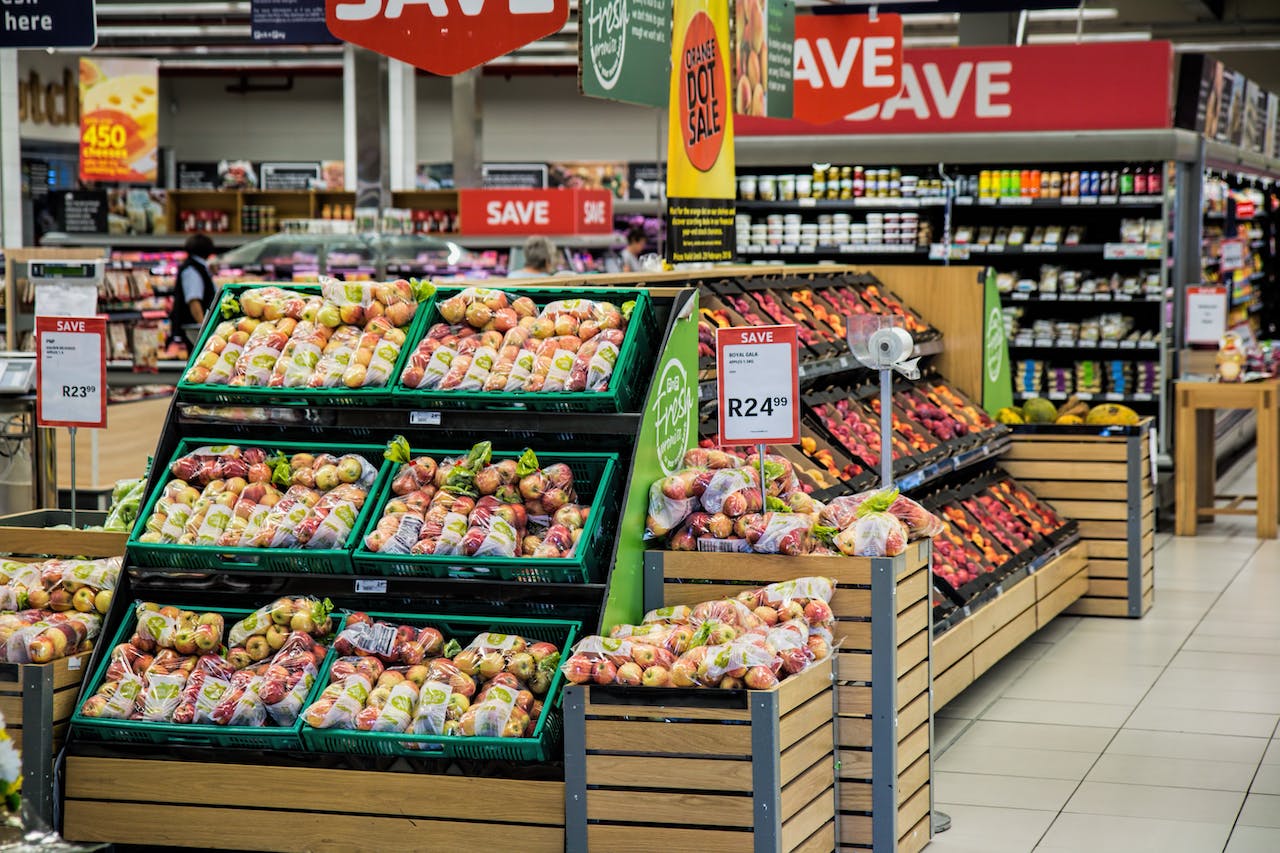Food labeling is an essential part of food packaging, providing important information to consumers about the contents and nutritional value of a product. In this guide, we will explore the key aspects of labeling food products in detail, including why it is necessary, what information should be included, and how to label products correctly. If your UK company needs new bottle labels for its products, consider the bottle label UK.
Why Label Food Products?
Food labeling is required by law in most countries to ensure consumer safety and transparency. By providing accurate and comprehensive information, consumers are able to make informed decisions about the food they purchase and consume. It also helps to prevent fraud and misrepresentation of products, protecting both consumers and companies from potential legal issues.
What Information Should Be Included?
The information that should be included on a food label varies depending on the country and its regulations, but some general guidelines apply to most regions. The most important information includes:
- Product name: This should accurately describe what the product is, for example, “Chocolate Chip Cookies” or “Organic Tomato Soup.”
- Ingredients list: All ingredients contained in the product should be listed in descending order by weight.
- Nutritional Information: This includes the amount of energy (in kilojoules or calories), protein, carbohydrate, fat, and any other nutrients that are required by law to be displayed.
- Allergen information: Any potential allergens contained in the product should be clearly stated on the label. Common allergens include milk, eggs, nuts, and wheat.
- Date markings: These include the date of manufacture, best before or use by dates, and storage instructions.Country of origin: In some countries, it is mandatory to include the country of origin on food labels.
How to Label Products Correctly?
Correctly labeling food products can be a complex process, especially as regulations may differ between countries. However, some general guidelines should be followed:
- Use easy-to-read fonts: The text on food labels should be legible and easily readable to ensure consumers can understand the information.
- Ensure accuracy and consistency: All information should be accurate and consistent with what is contained in the product. Any changes or updates should be reflected on the label.
- Follow regulations: Familiarize yourself with the labeling regulations in your country and ensure that all mandatory information is included.
- Consider additional voluntary information: Some companies may choose to include additional information, such as health claims or ethical certifications, on their labels. These should be carefully considered and validated before being added to the label.
Conclusion
In conclusion, labeling food products correctly is essential for consumer safety and transparency. By following regulations and providing accurate and comprehensive information, companies can ensure they are meeting legal requirements and building trust with their consumers. So, it is crucial for all food businesses to carefully consider the labeling process to ensure their products are properly labeled before being released into the market. By doing so, both consumers and companies will benefit from clear and informative food labeling practices. So, it is evident that food labeling is not just a legal requirement, but also plays a vital role in consumer decision-making and product integrity.
By understanding the necessary elements of food labeling and following correct procedures, companies can ensure their products are accurately represented and comply with regulations. As consumers become increasingly conscious of what they are consuming, it is crucial for businesses to prioritize proper food labeling to build trust and maintain a positive brand image. Remember, proper labeling is not just about following regulations; it is also about providing important information to consumers and promoting transparency in the food industry.
